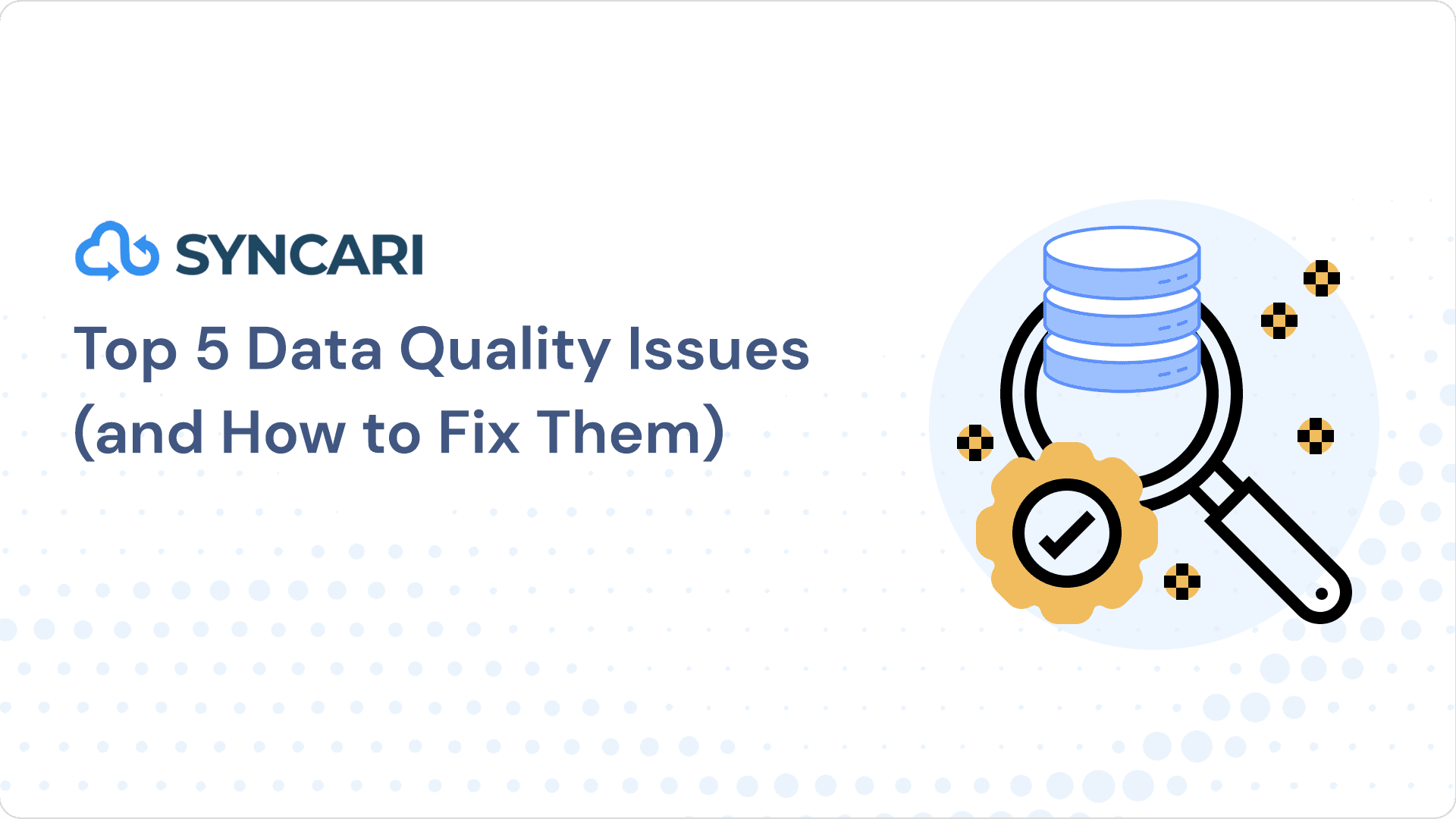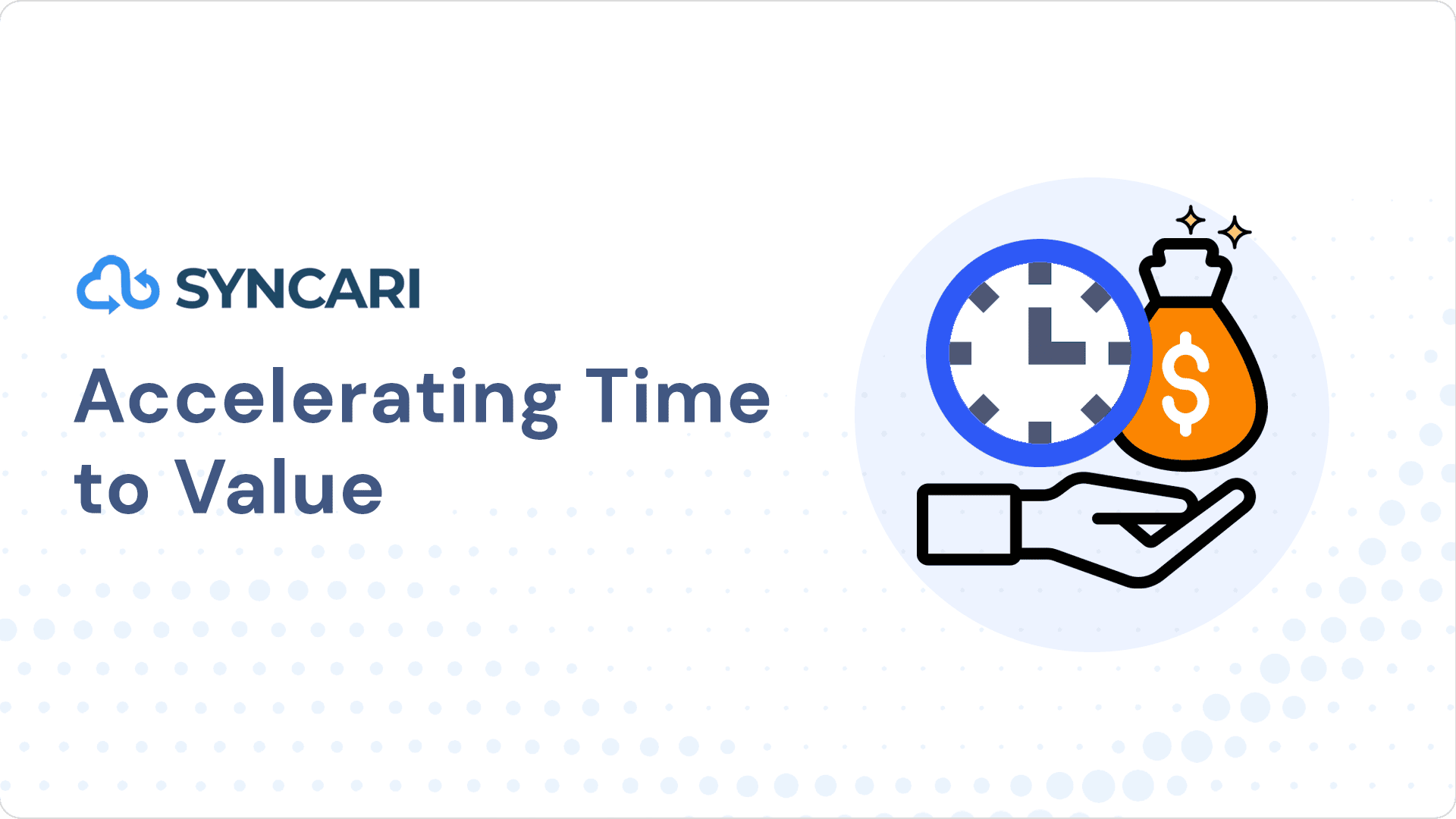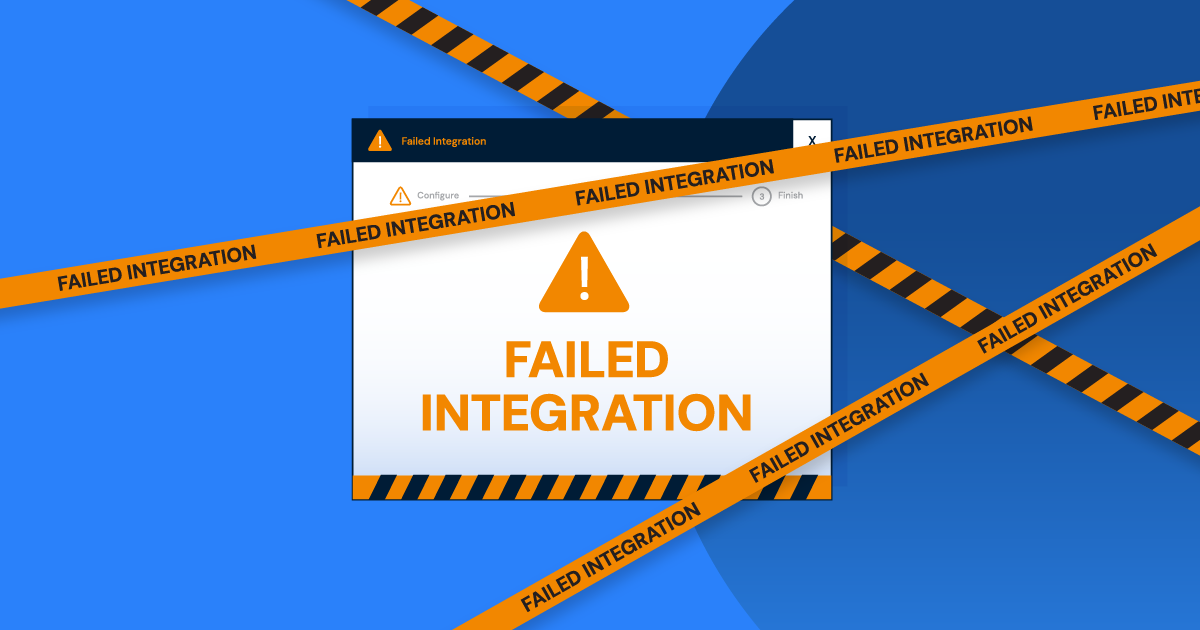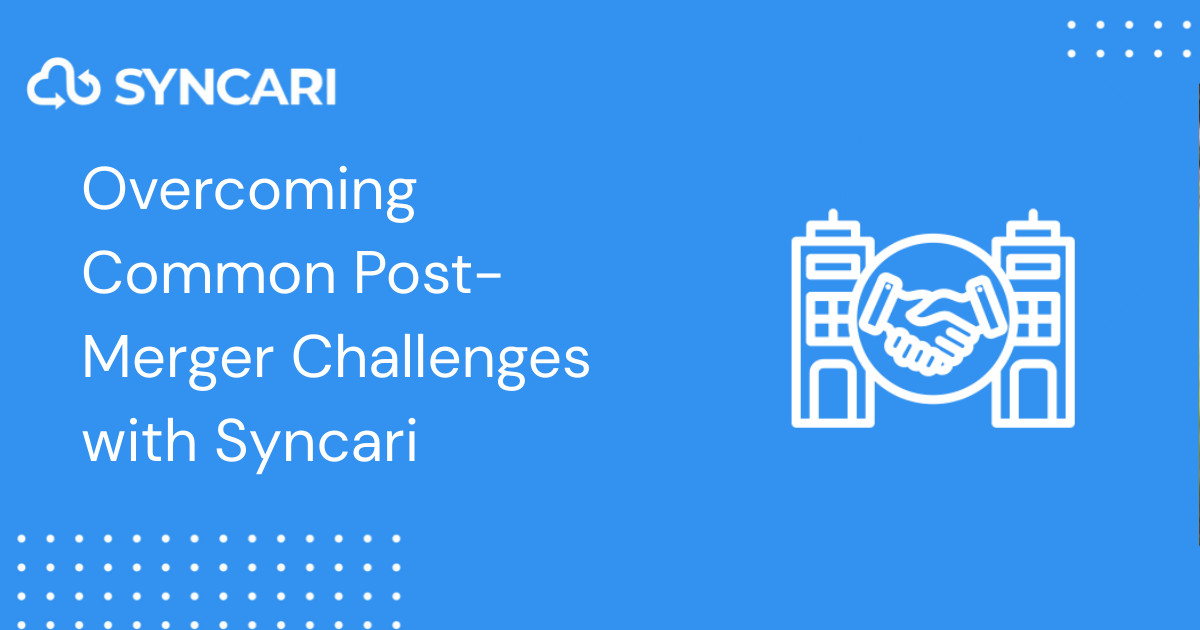In today’s competitive business landscape, streamlining go-to-market (GTM) operations is crucial for success. Integrating Pendo and HubSpot can help businesses achieve this by enabling them to collect valuable insights and effectively target their audience. Pendo, a top-tier product experience platform, excels in capturing user behavior data and delivering insightful product usage analytics. Meanwhile, HubSpot, a market-leading inbound marketing, sales, and service platform, empowers businesses to cultivate meaningful customer relationships. Together, these platforms can significantly improve your GTM operations, driving growth and enhancing customer engagement.
However, managing integrations can be a daunting task, often plagued by data duplication, errors, and maintenance overhead. That’s where Syncari steps in, offering a streamlined solution to these challenges. Syncari’s stateful sync technology simplifies the integration process, ensuring seamless data flow and minimizing common integration pain points. In the following sections, we’ll explore the benefits of integrating Pendo and HubSpot, and how Syncari can help you maximize the potential of this powerful combination.
[ Related: Top CRM Data Quality Tips from Operations Experts ]
How do I natively sync Pendo with Hubspot?
In the digital era, Pendo and HubSpot stand as two powerful platforms, each with unique capabilities. Pendo, a product experience platform, is renowned for its ability to capture and analyze user behavior data, providing crucial insights into how users interact with your product. On the other hand, HubSpot, a comprehensive inbound marketing, sales, and service platform, allows businesses to manage customer relationships effectively, build targeted marketing campaigns, and measure engagement across various channels.
Integrating Pendo and HubSpot can yield immense benefits for businesses. One of the key advantages is the ability to gather rich customer data from both platforms, providing a holistic view of your customers’ journey. This data can be leveraged to create more personalized and effective marketing campaigns, thus increasing customer engagement and conversion rates. Moreover, with Pendo’s insights into product usage, businesses can identify areas of improvement, enhance their product, and deliver a superior user experience.
Setting up Pendo-HubSpot integration may seem complex, but with the right approach, it can be a straightforward process. The first step is to create API keys in both Pendo and HubSpot platforms. These keys are then used to connect the two systems, enabling data to flow seamlessly between them. Once the connection is established, you can select the specific data fields you wish to sync and configure the workflows to automate data transfer. Remember, effective integration requires continuous monitoring and maintenance to ensure data accuracy and consistency.
However, if the technicalities of managing integrations seem overwhelming, don’t worry. Syncari’s stateful sync solution simplifies this process, ensuring seamless data synchronization while minimizing the common challenges of data integration.
How do I get a Pendo Integration Key?
To generate an integration key in Pendo, follow these steps:
- Navigate to Settings > Integrations > Integration Keys
- Click the “Add Integration Key” button
- Enter a meaningful description for your Integration Key
- Select “Create”
- Securely capture and store your new key outside of Pendo at the time of creation because Pendo can’t retrieve lost or deleted integration keys for you. Every time you lose a key, you must create a new key (unlimited)
Remember, you should treat your Integration Key as a sensitive piece of information just like a password. If someone gains access to your key, they could potentially access your Pendo data.
Keep in mind that the exact steps might vary slightly based on changes in Pendo’s interface or updates to their platform. If you face any issues, reach out to Pendo’s support team for assistance.
Why isn’t the native Pendo-Hubspot integration enough?
The native integration between Pendo and HubSpot indeed offers a range of useful functionalities that can be beneficial for businesses. However, there can be certain limitations that might necessitate a more comprehensive solution like Syncari. Here are a few reasons why the native Pendo-HubSpot integration might not be enough:
- Data Synchronization: Native integrations often function on a basic level, transferring data from one platform to another. However, they may not provide real-time or bidirectional synchronization. This could result in outdated or inconsistent data across your systems, affecting your decision-making process and customer interactions.
- Error Handling: Native integrations often lack robust error detection and resolution features. When data discrepancies occur, they may not be immediately noticeable, leading to prolonged periods of incorrect data usage. Syncari, on the other hand, offers automatic error detection and resolution, ensuring your data remains accurate and reliable.
- Customization and Flexibility: While native integrations provide a set of predefined functionalities, they may lack the flexibility to cater to unique business needs. Syncari provides a customizable and flexible solution that can adapt to your specific requirements, making the integration process more efficient and effective.
- Scalability: As your business grows, so does your data and the complexity of managing it. Native integrations might struggle to scale up with your expanding needs. Syncari is designed to scale with your business, allowing for seamless data management no matter how large your operations become.
- Maintenance: Native integrations may require manual updates and checks to ensure they’re functioning correctly. This can be time-consuming and requires technical knowledge. With Syncari, automatic updates, real-time monitoring, and troubleshooting are part of the package, freeing up your resources.
In essence, while the native Pendo-HubSpot integration provides a good starting point, a more sophisticated solution like Syncari can offer enhanced features, flexibility, and scalability to ensure your data integration is as effective and efficient as possible.
[ Related: The B2B Customer Data Model: why it matters and how to build one ]
What are the explicit limitations of the native Pendo-Hubspot integration?
While the native Pendo-HubSpot integration offers valuable features, it does come with some limitations that could affect its efficiency and overall usefulness for your business. Here are some explicit limitations you might encounter:
- Limited data sync: The native integration only syncs a limited amount of data between Pendo and HubSpot. This can make it difficult to get a complete view of your customers and their activity.The native Pendo-HubSpot integration only syncs the following data between the two platforms:
- User properties: This includes data such as the user’s name, email address, and company.
- Session data: This includes data such as the user’s IP address, browser, and operating system.
- Page views: This includes data such as the pages that the user has visited and how long they spent on each page.
- Events: This includes data such as the actions that the user has taken, such as clicking on a button or filling out a form.
- Manual configuration
- The native Pendo-HubSpot integration requires manual configuration. This means that you will need to create a Pendo account, a HubSpot account, and then connect the two platforms. You will also need to select the data that you want to sync between the two platforms.
- Manual configuration can be time-consuming and error-prone. For example, you may accidentally select the wrong data to sync or you may forget to configure a setting.
- No customization: The native Pendo-HubSpot integration is not customizable. This means that you cannot tailor it to your specific needs. For example, you may not be able to change the data that is synced between the two platforms or you may not be able to change the way that the data is displayed.
- Additional Cost: This integration is available as a paid add-on for all Pendo subscriptions. The cost structure is unknown and you should reach out to your Pendo account representative to discuss costs.
Here are some workarounds for these limitations:
- Use a third-party integration tool: Third-party integration tools can sync more data between Pendo and HubSpot, they can be configured automatically, and they can be customized to meet your specific needs. Some popular third-party integration tools include Syncari, Zapier, and Tray.io.
- Use Pendo’s API: Pendo’s API allows you to programmatically sync data between Pendo and HubSpot. This can be a more efficient and scalable solution than using the native integration.
Possible API Limitations:
- Technical expertise: Implementing a Pendo API requires technical expertise. You will need to understand how to use APIs and how to integrate Pendo’s API with your own systems. If you are not comfortable with technical challenges or don’t have the time to learn how to use the API, you can hire a Pendo partner to help you implement the API.
- Cost: Pendo’s API is not free. You will need to pay for a Pendo subscription in order to use the API. The cost of a Pendo subscription depends on the size of your organization and the features that you need.
- Complexity: Pendo’s API can be complex to use. There are a lot of different endpoints and parameters that you need to understand in order to use the API effectively. If you are not comfortable with technical challenges or don’t have the time to learn how to use the API, you can hire a Pendo partner to help you implement the API.
If you are considering implementing a Pendo API, you should carefully weigh the benefits and limitations before making a decision. If you have the technical expertise and the time to learn how to use the API, then implementing a Pendo API can be a great way to get more value out of Pendo.
However, if you are not comfortable with technical challenges or don’t have the time to learn how to use the API, then you may want to consider hiring a Pendo partner to help you implement the API which will most likely be an additional cost.
[ Related: How to Create a Lead Scoring Model ]
Upleveling your Pendo-Hubspot integration with Syncari
In the world of data management, striking the perfect balance between integration and synchronization is crucial. That’s where Syncari steps in, offering a way to supercharge your Pendo-HubSpot integration.
Syncari is a next-gen data automation platform that takes data integration to the next level. Its stateful sync technology ensures that data isn’t just transferred between systems, but kept up-to-date across all platforms. This means that any changes in one system are immediately reflected in the other, maintaining data consistency and integrity.
Syncari’s advanced features can help you overcome the limitations of the native Pendo-HubSpot integration. It offers robust error detection and resolution capabilities, ensuring that your data remains clean and accurate. It also provides a flexible platform that can be customized to your unique business needs, allowing you to define specific data workflows and automate complex processes.
Additionally, Syncari takes care of the heavy lifting when it comes to maintenance and updates. Its intuitive platform makes it easy to manage your Pendo-HubSpot integration, saving you time and resources. With Syncari, you can focus more on leveraging your data to drive growth and less on managing it.
So, if you’re ready to uplevel your Pendo-HubSpot integration, Syncari is the solution you need. It’s time to move beyond basic integration and embrace the power of stateful sync with Syncari.




